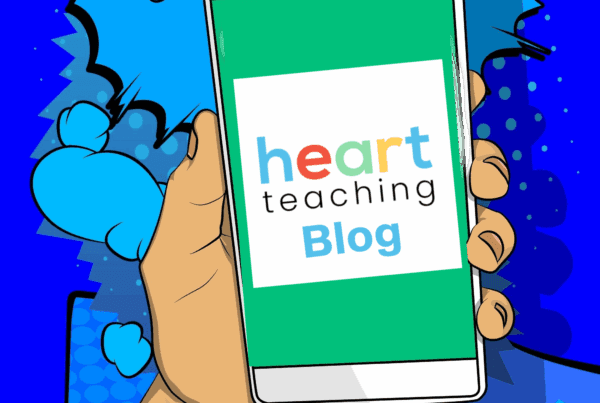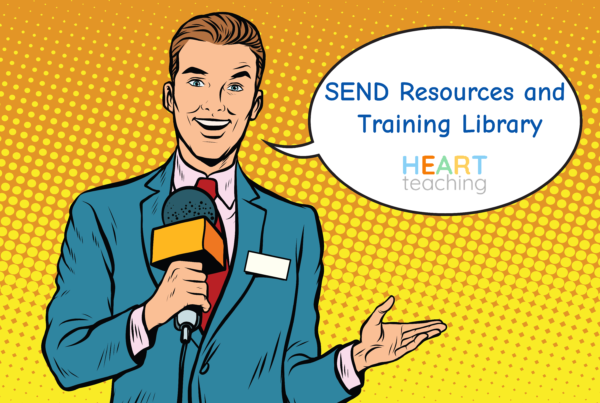🧰 Inside PRUs: Resources & Tactics That Help Students Thrive
At Heart Teaching, we know that Pupil Referral Units (PRUs) are more than just alternative classrooms — they’re spaces of transformation, care, and second chances 💖. But what really makes PRUs effective are the specialised resources and tailored tactics that help students feel safe, supported, and seen.
Let’s explore the key tools and strategies used within PRUs to support students who need a different kind of learning environment 🧠✨.
🎯 1. Individualised Learning Plans (ILPs)
One-size-fits-all doesn’t work in PRUs. That’s why every student has a personalised learning plan designed around their:
-
Academic level 📚
-
Social and emotional needs ❤️
-
Learning style and pace 🐢⚡
These plans ensure students are challenged but not overwhelmed, and progress is monitored regularly with flexibility in mind.
🛠 2. Behaviour Support Programs
PRUs use structured behaviour support strategies to help students develop self-regulation, responsibility, and emotional intelligence.
Common tools include:
-
✅ Positive behaviour reward systems
-
🧩 Zones of Regulation
-
🧘 Calm rooms or sensory spaces
-
📊 Daily behaviour tracking sheets
These systems encourage reflection and reinforce positive choices, helping students build habits for success both in and out of school.
🧠 3. Social, Emotional & Mental Health (SEMH) Resources
Supporting mental health is at the core of PRU environments. Schools often provide access to:
-
In-house counsellors or mentors
-
SEMH-specific curricula focused on self-esteem, empathy, and resilience
-
Wellbeing journals and mindfulness activities
-
Links to external support services
These resources help students process trauma, manage anxiety, and develop healthier coping strategies 💚.
🎨 4. Creative & Therapeutic Interventions
PRUs embrace creative therapies that give students new ways to express themselves:
-
🖌 Art therapy
-
🎭 Drama and roleplay
-
🐾 Animal-assisted therapy
-
🎶 Music sessions
-
🌿 Outdoor learning and forest school
These activities not only support emotional development but also re-engage students who may have switched off from traditional lessons.
💬 5. Restorative Practices
Rather than focusing on punishment, many PRUs use restorative justice techniques to resolve conflict. These might include:
-
🧍♂️🧍♀️ Restorative circles or conversations
-
✍️ Reflective writing exercises
-
👂 Peer mediation
This approach helps build accountability, empathy, and communication, giving students a voice in resolving issues.
💻 6. Technology & Adaptive Tools
Technology plays a huge role in making learning accessible and engaging. PRUs often use:
-
💻 Laptops or tablets for personalised learning apps
-
🎧 Noise-cancelling headphones for sensory regulation
-
🔠 Speech-to-text tools and read-aloud software
-
🌐 Access to virtual learning platforms for remote or flexible learning
These tools empower students to take ownership of their learning in a way that works best for them.
🤝 7. Strong Staff-Student Relationships
Perhaps the most powerful “resource” in any PRU is the staff 💪. Teachers, support workers, and mentors build strong, consistent relationships with students to:
-
Establish trust and safety
-
Act as positive role models
-
Offer emotional stability and encouragement
These relationships are key to student growth — and why compassionate, dedicated staff are at the heart of every successful PRU. (That’s where Heart Teaching comes in 💼❤️.)
🌟 Final Thoughts
PRUs aren’t just about changing behaviour — they’re about changing lives. Through a unique mix of structure, creativity, emotional support, and personalised learning, PRUs give students the tools they need to heal, grow, and achieve.
At Heart Teaching, we’re proud to support PRUs by connecting them with passionate educators who are ready to make a difference.





